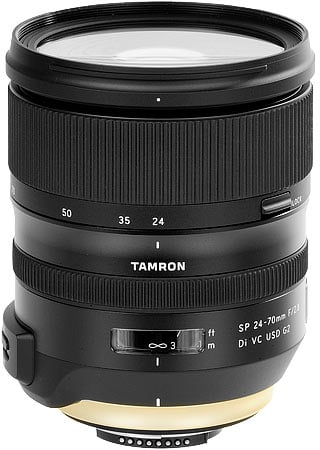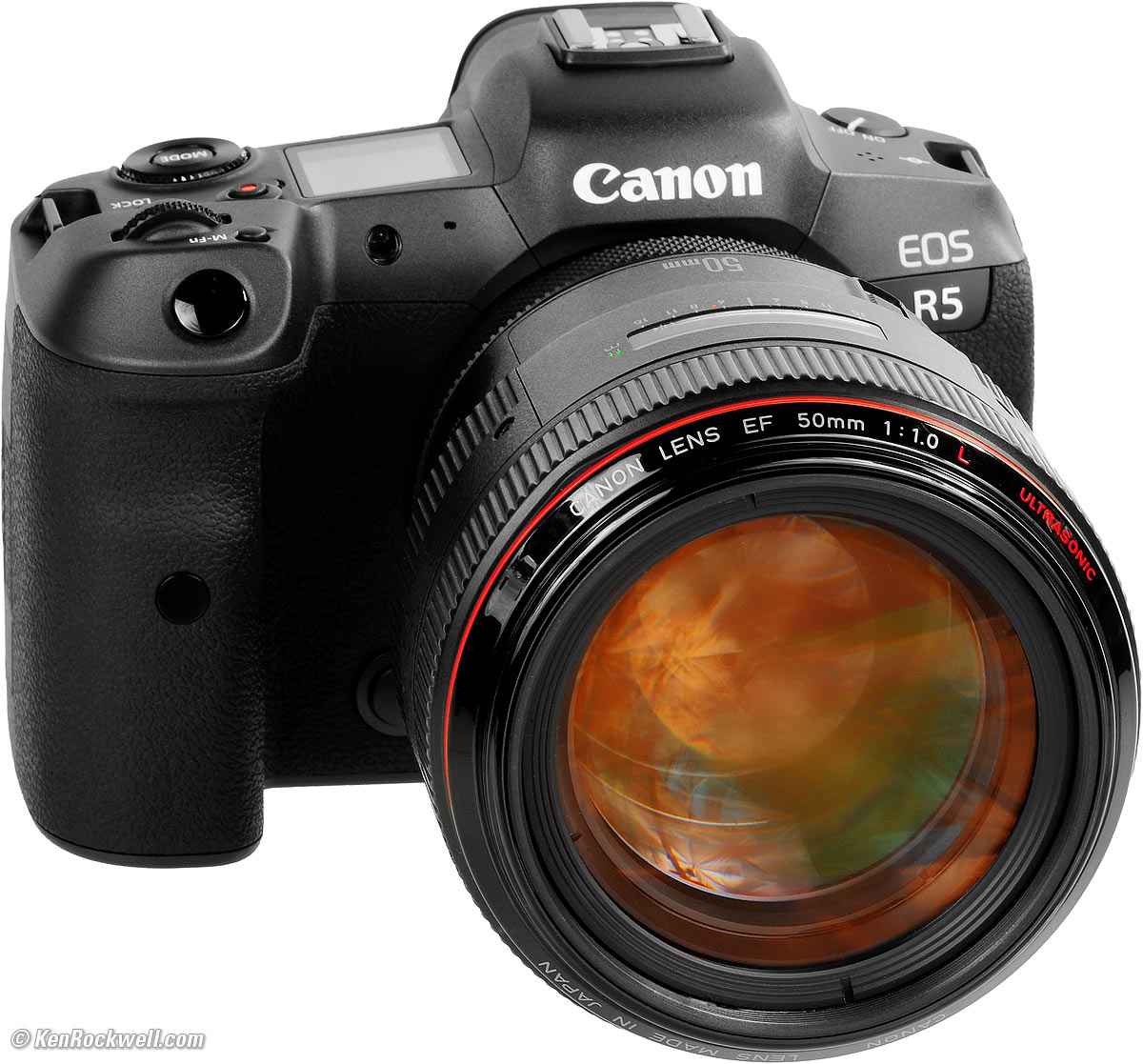

Both passes at the image were on my HP ZBook 15 DreamColor laptop running Windows 7 Pro, and where Optics Pro 10 took 67 seconds to process the full image, Optics Pro 11 managed it in just 31 seconds.
#Dxo optics pro 11 review ken rockwell iso#
Both are 100% crops from an ISO 25,600 Panasonic G7 image with identical settings and using PRIME denoising.ĭxO's claims of better denoising held true in my own testingįor a side-by-side comparison, I ran the full image shown at the top of this article - shot last Halloween with the Panasonic G7 at ISO 25,600-equivalent - through both Optics Pro 10 and 11 using the DxO Standard preset, and switching to PRIME denoising at its Auto strength. The results are noticeably more natural-looking in the bokeh in particular, just as DxO has promised in its announcement of Optics Pro 11.Ī side-by-side comparison of Optics Pro 10 (top) and Optics Pro 11 (bottom). Image quality is much better in bokeh and transitions, tooĪnd while the improvement in terms of image quality varies quite a bit with subject matter, this too can be very noticeable indeed when pixel peeping at 1:1 onscreen with the right combination of camera, subject and sensitivity. In my own informal testing, I've not seen quite that much of a boost, but have found it fairly consistently to work around 50-60% faster than the previous Optics Pro 10 release. DxO says that it can provide up to four times greater performance, with high ISO imagery in particular showing a great improvement in speed.

The PRIME denoising engine is much fasterĭxO Optics Pro 11's updated PRIME engine, though, performs significantly better than past versions, both in terms of speed and image quality. Shown above is the full image compare the crops which follow below to get a feel for the improvement in image quality. It's both faster than before, and better-handles bokeh and tonal transitions. The step would be welcome and also saves time in further image processing.DxO Optics Pro 11 boasts a refined PRIME denoising engine. Overall, a practical function DxO will introduce even more tools with selective correction in the future.

As a result, faces appear more natural and the exposure in the images is more homogeneous. In this case, you can also use the selective tool to manually mark faces. However, if faces are cut sideways several people appear in the picture with an unfavourable perspective or if part of the face is covered, the automatic system fails. The tool shows how many faces are recognized. This works very well in the test with frontal shots. DxO then tries to recognize faces automatically. To do this, you have to switch from “homogeneous” to “selective” in the DxO interface in the Smart Lighting area. Smart lighting is a practical feature that we have been using as a standard for many years.ĭxO OpticsPro 11 now has face recognition integrated, which optimizes the exposure on faces very similar to the spot on your camera. The correction tools encompass everything you need to optimize the image frequently, intelligent automatic functions such as SmartLightning or ClearView can be used on request, which combines several parameters in one slider.ĭxO Smart lighting is a handy feature to restore details in over- or under-exposed areas of the image.


 0 kommentar(er)
0 kommentar(er)
